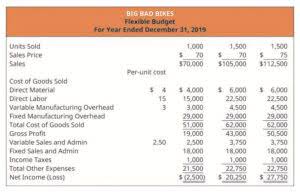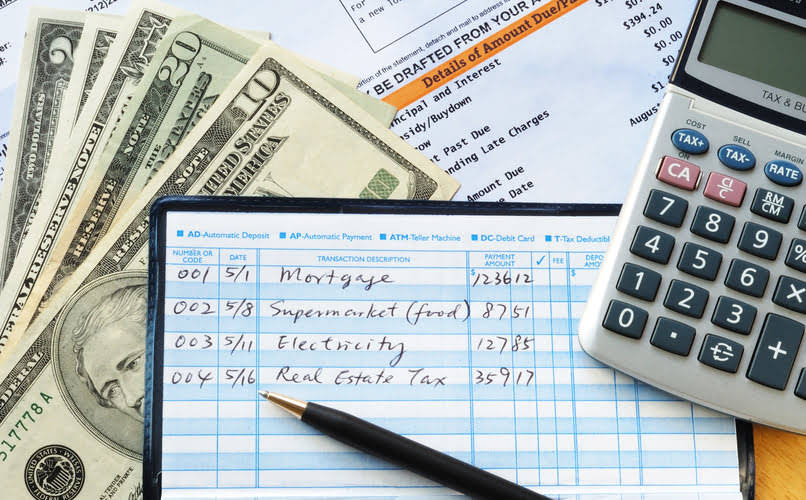
Some examples of unearned revenue include advance rent payments, annual subscriptions for a software license, Cash Flow Management for Small Businesses and prepaid insurance. The recognition of deferred revenue is quite common for insurance companies and software as a service (SaaS) companies. For accounting purposes, revenue is recorded on the income statement rather than on the balance sheet with other assets.
Noncurrent assets
Examples of current liabilities may include accounts payable and customer deposits. Noncurrent liabilities are long-term obligations with paymenttypically due in a subsequent operating period. Current liabilitiesare reported on the trial balance classified balance sheet, listed beforenoncurrent liabilities.

How Do I Know If Something Is a Liability?

With the generally accepted accounting principles (GAAP), you must ensure accounting methods and provisions that enhance accounting conservatism. Essentially, deferred revenue is money your company receives in advance for goods or services you are yet to deliver. On the income statement, net income is computed by deducting all expenses from all revenues. Revenues are presented at the top part of the income statement, followed by the expenses. Contract liability is typically recorded when a customer pays for a service or product upfront, but the work hasn’t been completed yet.
How is the Balance Sheet used in Financial Modeling?
- One example of deferred revenue is a subscription service like Disney+, where customers pay a monthly fee upfront for access to content.
- The $3,500 is recognized in Interest Payable (a credit) and Interest Expense (a debit).
- This accounting treatment ensures that revenue is recognized in the period when the service is actually provided, adhering to the revenue recognition principle.
- Many legal and regulatory considerations hinge on the contracts and contract terms agreed upon between parties.
- Note that this does not include the interest portionof the payments.
- If a business entered unearned revenue as an asset instead of a liability, then its total profit would be overstated in this accounting period.
Any cash you collect before delivering a good are revenues liabilities or service can become a liability and must go into deferred revenue. Deferred revenue can have a significant impact on a company’s balance sheet. Revenues (or income) refer to economic benefits received from business activities. A company’s contract liability is typically recorded as a liability on its balance sheet, whereas deferred revenue is recorded as a current asset. The time span within which current liabilities are expected to be paid and long-term liabilities are settled is the fundamental difference between current liabilities and long-term liabilities. The prompt nature of these liabilities makes them crucial for managing a company’s working capital.

You shouldn’t spend it the same way you spend regular cash
- Once you list deferred revenue as a liability on the balance sheet, you know you have received the payment but still have to supply the product or service.
- Understanding debits and credits—and the fact that debits are on the left and credits are on the right—is crucial to your success in accounting.
- Liabilities are the financial commitments and debts that a firm or individual owes to others, and they are critical to understanding the financial health and stability of the organization.
- The amounts in the general ledger accounts will be used to prepare the balance sheets and income statements.
- In cash basis accounting, deferred revenue wouldn’t be recognized, potentially leading to misrepresentation of a company’s liabilities and earnings.
- Liabilities are listed at the top of the balance sheet because, in case of bankruptcy, they are paid back first before any other funds are given out.
We briefly go through commonly found line items under Current Assets, Long-Term Assets, Current Liabilities, Long-term Liabilities, and Equity. As such, the balance sheet is divided into two sides (or sections). The left side of the balance sheet outlines all of a company’s assets. On the right side, the balance sheet outlines the company’s liabilities and shareholders’ equity. Assets represent the valuable resources controlled by a company and liabilities represent its obligations. Both liabilities and shareholders’ equity detail how the assets of a company are financed.
